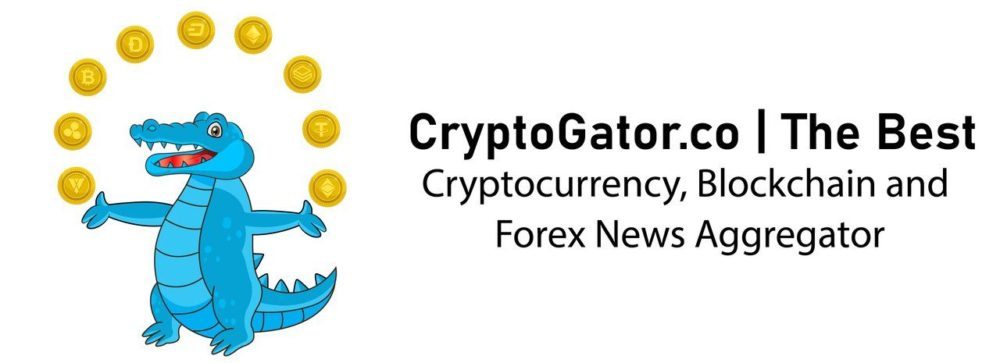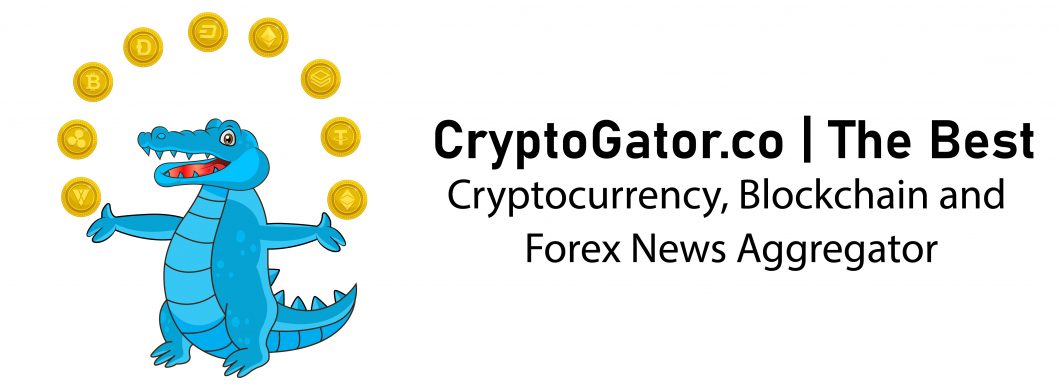Non-Fungible Tokens, or NFTs, are unique digital assets recorded and secured on a blockchain. The blockchain ensures that the assets are safe from tampering and records every transfer of sale over time. More importantly, it helps to prove ownership of the digital asset via an immutable distributed ledger.
NFTs, as we know them, are changing and evolving fast. While their rise in popularity is primarily linked to their use as PFPs – static and unchanging pictures – and mass adoption by celebrities, NFTs have grown to become so much more.
Dynamic NFTs are an emerging class of NFTs that can change in appearance depending on certain conditions. They differ from the static NFTs a lot of people are used to. This article will cover what dynamic NFTs are, how they work, popular examples, and numerous use cases.
Static vs Dynamic NFTs (dNFTs)
To understand what dNFTs are, they must be differentiated from static NFTs. Static NFTs are currently the norm; they are the digital arts, tweets, land deeds, or event tickets. A major feature of static NFTs is their permanence.
Immediately when a static NFT is minted, it becomes impossible to change its appearance or features. Take, for example, an artist that wants to sell a painting as an NFT. Once they mint the image into an NFT, it becomes unchangeable. What ensures this permanence are details governing its smart contract. Since the smart contract used in static NFTs makes it impossible to change their form, the asset will stay that way forever.
However, the permanence of static NFTs limits their potential applications. In digital arts that are designed to remain unchanged, it can fit the brief perfectly. However, in cases of NFTs such as those used in play-to-earn games, then it can become a challenge.
This challenge also affects use cases such as tokenizing real-world assets, developing progression-based video games, or establishing fantasy sports leagues on the blockchain, which all require frequent data updates.
Dynamic NFTs, as the name suggests, are NFTs that can change their features or characteristics in reaction to a programmed function. For instance, a cryptopunk can change color in response to a weather condition, time of the year, or the occurrence of an event.
Essentially, dNFTs mutate over time, and they do so differently, depending on the features coded into them.
How do they work?
Dynamic NFTs are created, much like how static NFTs are made. A base NFT is built alongside metadata that contains information about the NFT. In Static NFTs, this metadata can’t be changed and is permanent. However, in dNFTs, the smart contract can be coded to trigger changes in the NFT metadata based on varying conditions.
The smart contract governs the updates, unlocking hidden traits or features, and controls image enhancement. As a result, the features and capabilities of the smart contract are where dNFTs differ from static NFTs.
Essentially, the smart contract coded into dNFTs is what gives it life. It could be coded to react to certain events or occurrences, which would then cause a change in the NFT. Such events could be the passage of time, price, location, specific event, or more.
dNFTs primarily use Ethereum’s ERC1155 token, while other blockchain platforms, including Solana, are developing similar token proposals.
Popular examples of dynamic NFTs
Even though dNFTs are just coming into the limelight, they have been around for a while. Digital artist Mike Winkelmann, also called Beeple, was one of the first artists to create an NFT that could change its features.
In 2020, Beeple created Crossroad, an NFT artwork with semblance to the then U.S President Donald Trump ahead of the U.S Presidential election. The artwork was programmed to change its appearance based on the election’s outcome.
If Joe Biden defeated Donald Trump in the election, Beeple could flip a switch and have the NFT display an animation of a bloated Trump corpse rotting in a park. However, if Trump won a second term, the NFT will show a clip of Trump running through a hellscape in the style of Godzilla. Trump later lost the elections and that changed the NFT to that of a bloated Trump corpse lying face-first in a park.
Not too far away, dNFTs have found their way into the sporting scene. In 2021, LaMelo Ball, the NBA Rookie of the Year, received a set of collectible NFTs from Playground Studio on the NFT platform Galaxis.xyz. The NFTs tracked his real-time performance data and changed as he scored points from play. In addition, the NFTs tracked his assists and steals.
Along the same line, the NBA in 2022 launched a collection of dynamic NFTs called The Association. NFTs within the collection represented a player from one of the 16 participating teams in the playoffs. Thus, the appearances of the NFTs changed based on the player’s performance, dunks, blocks, three-pointers, rebounds, or assists, causing the player image to change, while the team’s performance affects the NFT’s background and ‘frame.’
Dynamic NFTs use cases
dNFTs are still largely uncommon, but they have gained more attention over the years. They are also expanding the numerous possibilities of NFTs, especially in design. They have made it easier for NFTs to be deployed for specific uses, which wouldn’t have been possible with static NFTs. The numerous possibilities with this class of NFTs could revolutionize the technology. Therefore, here are some of the use cases of dNFTs.
Play-to-earn games
Dynamic NFTs could improve the overall experience of NFT games and assets. As such, dNFTs could be used to track character progression and development during the game. An example of this are Axies used in the Axie Infinity game which develop over time, and owners can even breed to make more Axies.
Generative art
Generative arts are NFTs that are generated by an algorithm and only seen after they have been minted. Their unique mode of creation means users don’t know what they will get until until it is activated. Therefore, including a dynamic component to generative art NFTs could add to the overall experience since their various traits can change or evolve based on external conditions.
Real Estate NFTs
Real Estate NFTs are used to represent off-chain assets such as landed property. Most real estate NFTs at the moment just show ownership and information about the property. But through dynamic NFTs, images of the NFTs could be programmed to change as the property in question develops. That way, buyers would have a more visual idea of what they are buying.
Identity and certification-based dNFTs
Dynamic NFTs could be made to show up-to-date information about a person. This could include travel history, background, recent activities, etc.
All in all, Dynamic NFTs promise an innovative new sub-category to the ever evolving Non-Fungible Token, and bringing with it more utility than ever before.
Find out more about NFTs >> Here
Want more? Connect with NFT Plazas
Join the Weekly Newsletter
Join our Discord
Follow us on Twitter
Like us on Facebook
Follow us on Instagram
*All investment/financial opinions expressed by NFT Plazas are from the personal research and experience of our site moderators and are intended as educational material only. Individuals are required to fully research any product prior to making any kind of investment.
The post What are Dynamic NFTs? appeared first on NFT Plazas.



